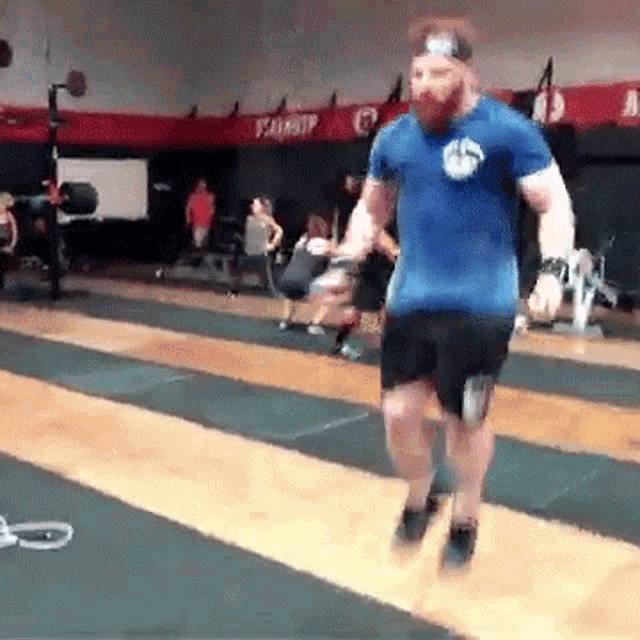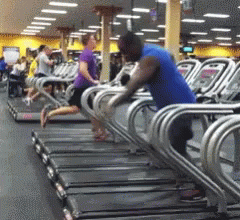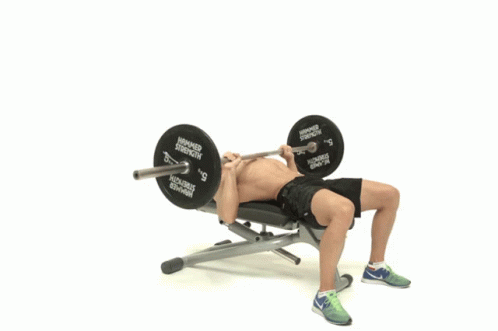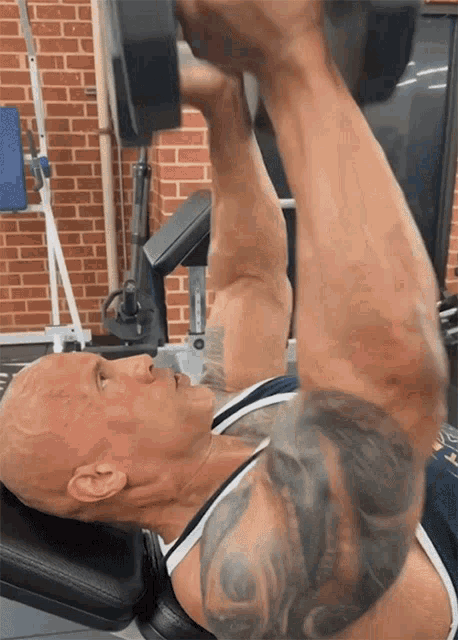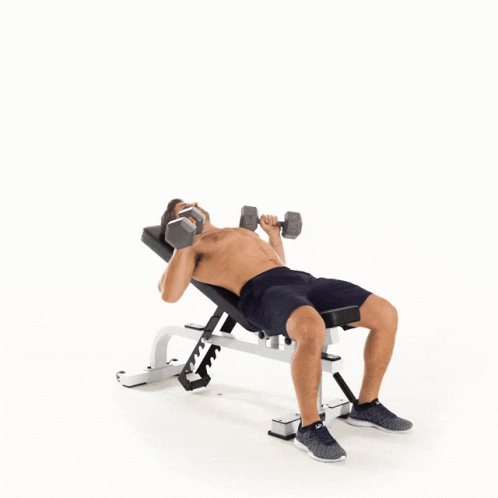Conquering the Iron Jungle: Your Guide to the Perfect Weight-Lifting Workout Sequence
Conquering the Iron Jungle: Your Guide to the Perfect Weight-Lifting Workout Sequence answers questions about weight-lifting sequences for bodybuilders. You step into the gym, a sea of iron warriors pumping, grunting, and chasing that elusive gainz-body.
But amidst the clanging and clangin', confusion reigns. "What order do I do these exercises in?!" the bewildered newbie cries. Well, fear not, fitness fledgling, for we're about to embark on a quest to conquer the sequence, a journey to unlock the optimal order for your weight-lifting workouts!
The Warm-Up: Priming the Battlefield
Think of your warm-up as a pre-battle ritual. Light cardio, like jumping jacks or jogging, gets your blood pumping and joints limber.
Next, come dynamic stretches to prime your muscles for action. Do arm circles and leg swings.
Static stretches are best saved for post-workout. Remember, a cold engine seizes, so don't skip this crucial step!
The Main Event: Big Guns First, Small Fry Later
Imagine a battle! You wouldn't send the scouts before the cavalry, right? So, prioritize compound exercises that engage multiple muscle groups:
- squats
- deadlifts
- bench presses.
These behemoths demand the lion's share of your energy, so conquer them while you're fresh.
Then, move on to isolation exercises like:
- bicep curls
- tricep extensions
- sculpting and refining your already-pumped muscles.
The Sequencing Symphony: A Dance of Muscle Groups
But wait, there's more! Within the bigger picture, consider these battle tactics:
- Push-Pull Harmony: Alternate between pushing exercises (bench press) and pulling exercises (rows) to avoid muscle fatigue and imbalance.
- Upper-Lower Tango: Train upper and lower body muscles on separate days or alternate them within the same workout for balanced development.
- Superset Serenade: Group complimentary exercises (bicep curls and tricep extensions) into supersets for a time-saving, intensity-boosting workout.
The Cool-Down: Winding Down for Victory
Don't just drop the weights and flee! Do static stretches now, while your muscles are warm, to improve flexibility and prevent injury.
A light jog or walk helps cool you down and prevent blood from pooling. This post-battle ritual ensures a triumphant recovery.
Research Roundup: Science Backs the Sequence
A study in the Journal of Strength and Conditioning Research found that compound exercises performed before isolation exercises led to greater muscle growth.
Another study in the European Journal of Applied Physiology showed that alternating pushing and pulling exercises reduced fatigue and improved performance.
Expert Tips from the Trenches
- Listen to your body: Every warrior is different. Adapt the sequence based on your energy levels and experience.
- Seek guidance: A certified trainer can design a personalized sequence tailored to your goals.
- Progress over perfection: Don't get bogged down in sequencing minutiae. Consistency and hard work are the true keys to victory.
Questions people ask
So, you've conquered the sequence, but questions still linger? Fear not, for here are the Google Gospel verses echoing from the online masses:
- "Can I do cardio before or after weight lifting?" - Both work! Pre-workout cardio gets your blood pumping, while post-workout cardio aids recovery. Experiment and see what feels best for you.
- "Do I need to stretch before every exercise?" - Dynamic stretches, yes! Static stretches, save for after your workout.
- "What's the best workout split for me?" - Depends on your goals! Beginners typically do full-body workouts, while more experienced lifters might split upper and lower body routines. Consult a trainer for personalized advice.
Remember, the iron jungle is your kingdom to conquer. Embrace the sequence, wield your weights like weapons, and claim your fitness victory!
And now, go forth and lift with confidence!
Summary of "Conquering the Iron Jungle: Your Guide to the Perfect Weight-Lifting Workout Sequence"
This article empowers beginners to navigate the gym and optimize their weight-lifting workouts through the right exercise sequence. Key points include:
- Warm-up like a warrior: Light cardio and dynamic stretches prepare your body for battle.
- Prioritize big guns first: Compound exercises like squats and bench presses dominate the battlefield, followed by sculpting isolation exercises.
- Master the sequencing symphony: Strategize with push-pull harmony, upper-lower tango, and superset serenades for balanced and efficient training.
- Cool down for victory: Static stretches and light cardio ensure a smooth post-workout recovery.
- Science and expert wisdom: Research backs the sequencing approach, while expert tips emphasize listening to your body and seeking guidance.
- Conquer the Google Gospel: Answers to frequent questions like cardio timing and workout splits equip you for informed decisions.
Remember, consistency and hard work are your true weapons. Embrace the sequence, lift with confidence, and claim your fitness victory in the iron jungle!
